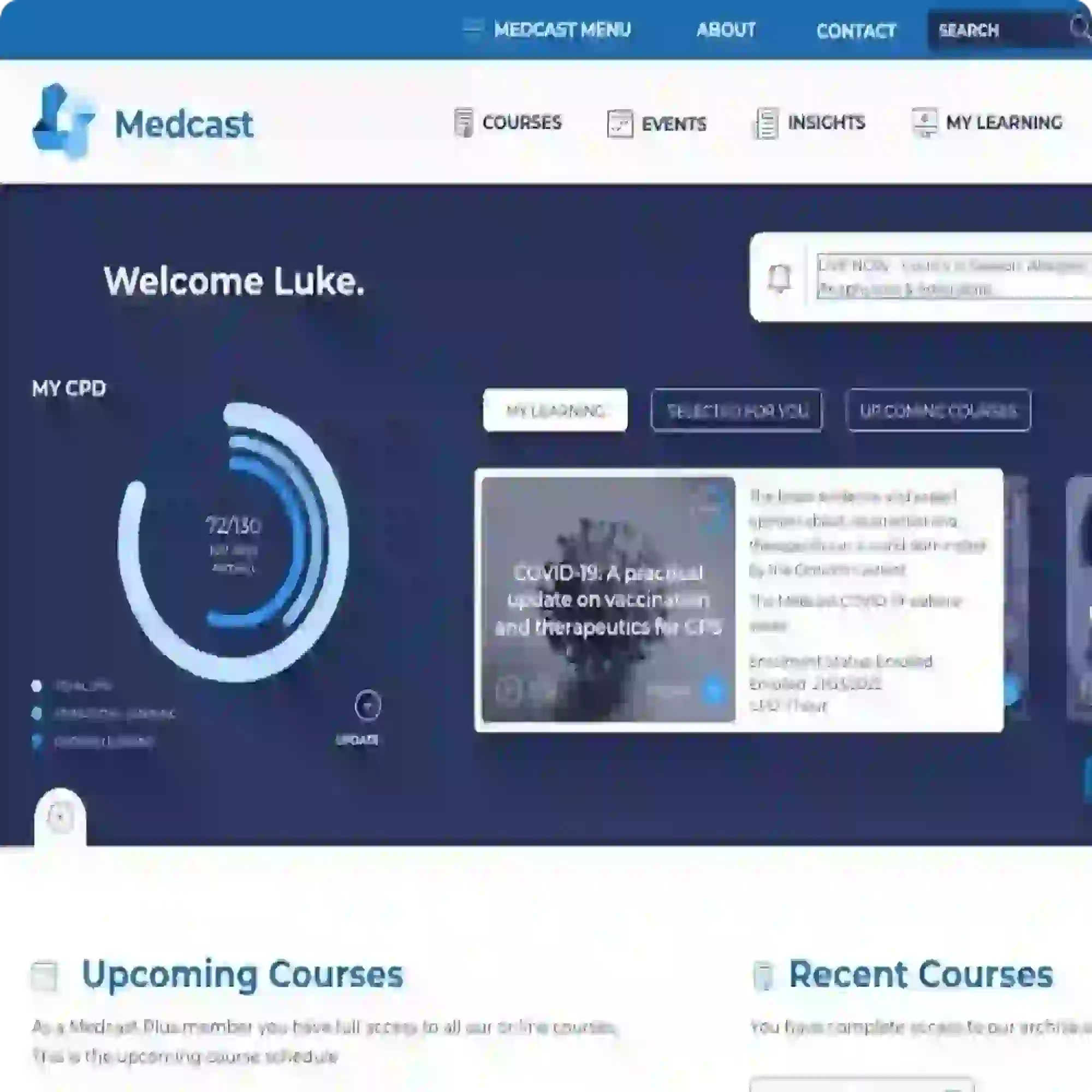Emergencies in General Practice
Head injuries in children are a frequent presentation to Australian general practice and emergency departments, ranging in severity from minor to life-threatening.
Critical and time-sensitive management decisions need to be made, and consequently this can be a challenging presentation to manage in general practice.
But evidence-based support is at hand. In April 2021, the PREDICT Australian and New Zealand Guideline for Mild to Moderate Head Injuries in Children (PREDICT Guideline) was published to provide the most accurate guidance for clinicians in the acute care setting.
While developed primarily for management in the ED, it has relevance for triage, imaging, management and after-care in general practice. It includes a simple to follow algorithm for imaging and observation decision-making, recommendations on follow-up, and even advice on limiting post-head injury screen time.
Paediatric head injuries are just one of a broad range of emergency presentations that not infrequently crop up in general practice. While many are less severe and can be managed in the general practice setting, others need urgent assessment, management and secondary care referral.
To put it into perspective, the rate of referral to A&E was estimated at 2.7 per 1,000 encounters (2012 GP data), and 1 per 200 problems managed (2019 GP registrar data). The most common reasons for ED referral include chest pain, abdominal pain, and fractures.
It follows that GPs must remain competent in the initial management of common emergency presentations. To meet this need, Medcast have redeveloped their educational program, Emergencies in General Practice. The interactive four-part webinar series is delivered by experienced GP medical educators, covering a breadth of important topics ranging from paediatric bumps and breaks to arrythmias. And many things in between.
At Medcast, we take great pride in being high quality, independent of external influence and directly relevant to practising GPs. This course will be no different.
We look forward to seeing you there!
Register here: https://medcast.com.au/courses/emergencies-in-general-practice

Simon is a GP based in Newcastle, NSW, and a senior medical educator with Medcast. He also has medical education roles with the RACGP and GPSA.
Over the past three decades, Simon has worked in clinical and educational roles in NSW and the NT, as well as in the Republic of Ireland. He has published over 75 peer reviewed journal articles, and in 2018 received the RACGP Corliss award for his contribution to medical education.
Simon is passionate about high quality education and training. He has particular interests in GP supervisor professional development and the rational use of tests and medicines. He is a proud member of Doctors for the Environment. He spends his spare time drinking craft beer and pretending that he is a musician in the Euthymics, an all-GP band.
Become a member and get unlimited access to 100s of hours of premium education.
Learn moreThe Coordinated Veterans’ Care (CVC) Program is a DVA initiative that allows GPs to provide structured, proactive care in the community for eligible veterans and war widows. This FastTrack provides a guide to billing the CVC program, and outlines a strategy for its practice-wide integration.
Achilles tendinopathy is a common cause of posterior heel pain and functional impairment. GPs are well-placed to coordinate care for these patients. This FastTrack fact sheet provides a concise summary of diagnosis and non-surgical management, including when to refer. Earn 30mins each RP and EA CPD with the quiz.
Over 3% of GP consultations in Australia involve skin lesions, yet many practices are billing these procedures incorrectly, putting themselves at risk of noncompliance or missing out on legitimate remuneration. This Business skills FastTrack explains the MBS item numbers pertaining to skin lesions for GPs, including eligibility criteria and practical tips.

